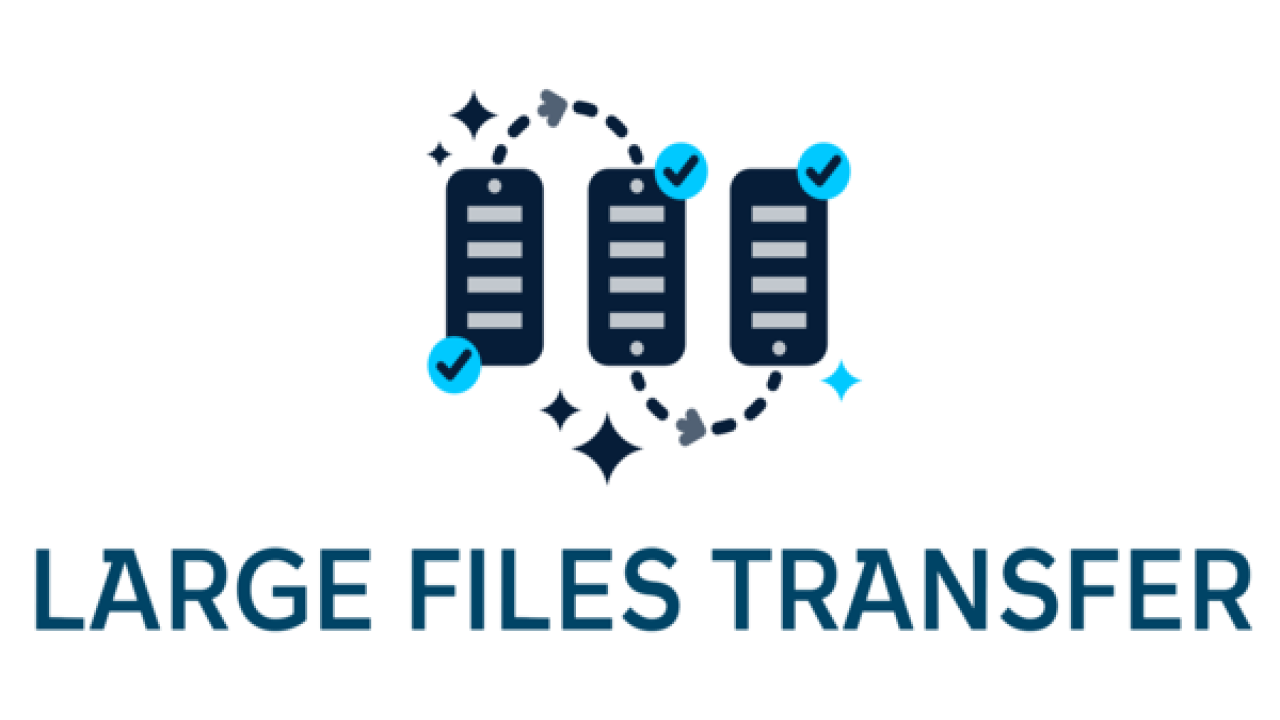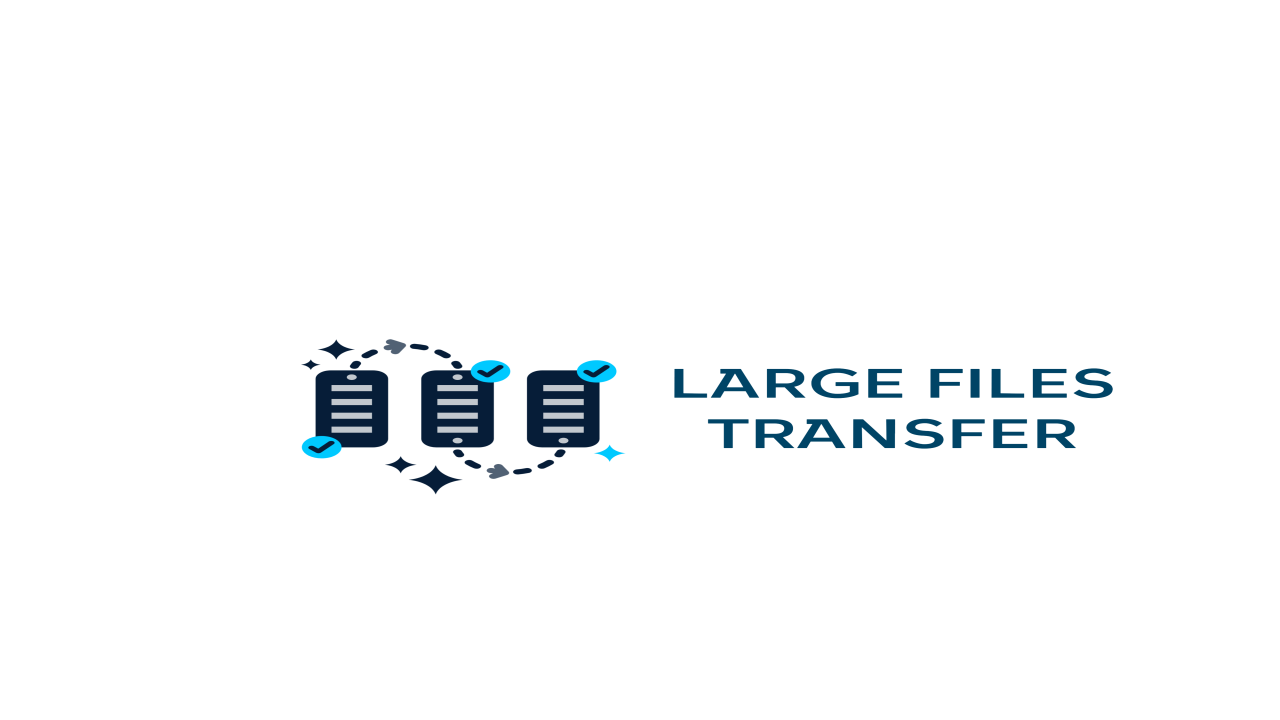Mastering File Organization: Strategies for Effective Management of Transferred Files
In today's digital age, the volume of transferred files within organizations continues to grow exponentially. Whether it's documents, images, videos, or other types of files, managing transferred files effectively is crucial for maintaining productivity, collaboration, and data integrity. However, without proper organization and management practices in place, transferred files can quickly become chaotic, leading to confusion, inefficiency, and potential data loss. In this article, we'll explore tips and strategies to enhance file organization and effectively manage transferred files within your organization.
1. Establish a Clear Folder Structure: Begin by creating a clear and intuitive folder structure that reflects the hierarchy and organization of your organization's files. Organize folders by department, project, client, or any other relevant categorization that makes sense for your workflow. Use descriptive folder names and avoid overly complex structures to ensure easy navigation and retrieval of files.
2. Standardize Naming Conventions: Implement standardized naming conventions for files to ensure consistency and clarity across your organization. Include relevant information such as project name, date, version number, and document type in filenames to facilitate easy identification and sorting. Consistent naming conventions simplify file management and minimize the risk of duplicate or conflicting filenames.
3. Utilize Metadata and Tags: Leverage metadata and tagging features available in file management systems to enhance searchability and categorization of transferred files. Assign descriptive metadata such as author, keywords, and file attributes to documents to provide additional context and improve discoverability. Use tags to label files with relevant keywords or labels, making it easier to classify and filter files based on specific criteria.
4. Implement Version Control: Implement version control mechanisms to track changes and revisions to transferred files effectively. Utilize versioning features available in document management systems or file sharing platforms to maintain a history of file edits, comments, and annotations. This ensures transparency and accountability in collaborative environments and allows users to revert to previous versions if needed.
5. Automate File Organization Tasks: Explore automation tools and workflows to streamline file organization tasks and reduce manual effort. Implement automated processes for file categorization, naming, and sorting based on predefined rules or triggers. Leverage workflow automation platforms or scripting languages to automate repetitive tasks and ensure consistent file organization practices across your organization.
6. Regularly Audit and Cleanup Files: Schedule regular audits and cleanup sessions to review and declutter transferred files. Identify obsolete or redundant files, archive inactive projects, and delete unnecessary duplicates or outdated versions. Regular file cleanup helps optimize storage space, improve system performance, and maintain a tidy and organized file repository.
7. Train Employees on File Management Best Practices: Provide training and guidance to employees on best practices for file management and organization. Educate users on the importance of consistent folder structures, naming conventions, and version control. Offer tutorials and resources to help employees effectively navigate file management tools and systems and encourage adherence to organizational file management policies.
8. Backup and Disaster Recovery Planning: Implement robust backup and disaster recovery plans to protect transferred files from loss or corruption. Regularly back up critical files to secure storage locations, both onsite and offsite, to mitigate the risk of data loss due to hardware failure, cybersecurity threats, or natural disasters. Test backup procedures regularly to ensure data integrity and reliability.
Conclusion: Effective file organization is essential for managing transferred files efficiently and maintaining productivity and data integrity within organizations. By establishing clear folder structures, standardizing naming conventions, leveraging metadata and tags, implementing version control, automating file organization tasks, conducting regular audits, training employees, and ensuring robust backup and disaster recovery planning, organizations can enhance file organization practices and streamline file management workflows. Prioritize file organization to optimize collaboration, accessibility, and efficiency in your organization's file management processes.





Comments (0)